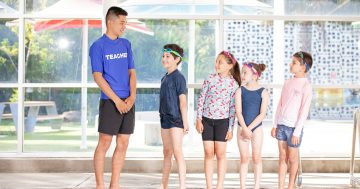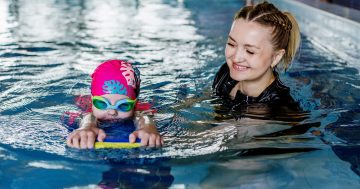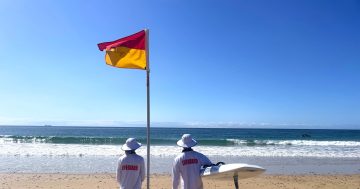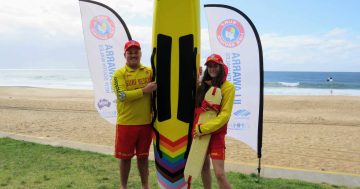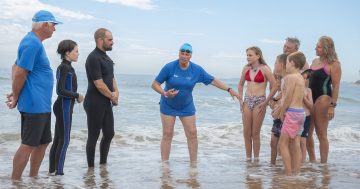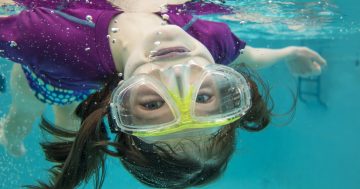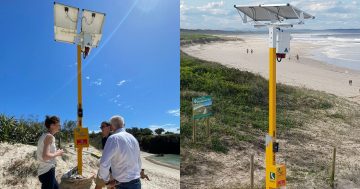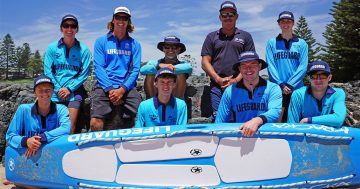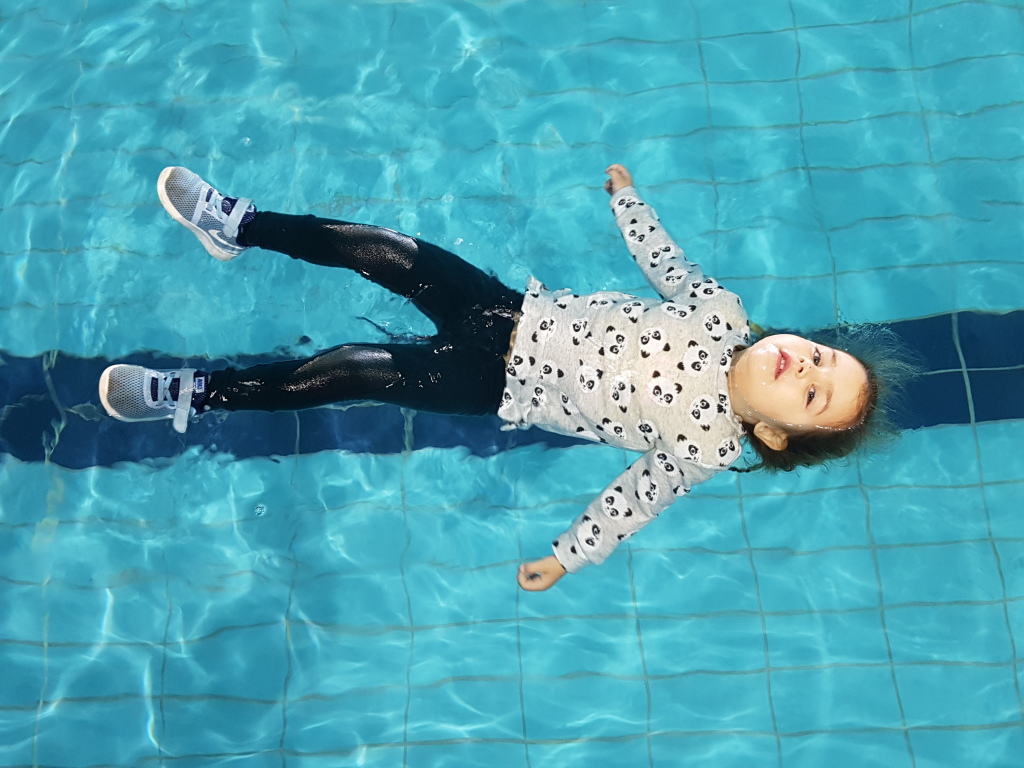
The Australian swimming benchmarks suggest a child of six should be able to float and recover if they fall into water. Photo: Kids Aquatic Swim Survival.
It’s a typical, stinking hot summer day in Australia.
Families flock to beaches, public swimming pools, backyard pools, rivers and creeks – wherever there’s a promise of a cooling swim.
It’s a scene played out throughout Australia, but for many of those families, the decision to beat the heat with a swim will change their lives forever.
Last December alone, 35 people lost their lives to drowning. Young and old, male and female, residents and visitors alike – drowning doesn’t discriminate.
It’s almost impossible to imagine the heartbreak of those families. One minute they’re preparing to celebrate the holidays, Christmas gatherings and time together, the next minute a loved one is lost forever and so many lives are shattered.
Sadly, that December tally of 35 is not unusual; it’s the average number of drowning deaths for that month over the past five years – in fact, it’s slightly lower than the 38 deaths the previous year.
In the Illawarra alone, three people drowned over just eight days in December.
Tragically, an average of 15 drowning deaths occur during the week between Christmas and new year – about three every day.
During a typical Aussie summer, more than one person will drown every day.
Last summer, 134 lives were lost. According to Royal Life Saving Australia, older adults were particularly at risk (39 per cent). Just over a quarter of deaths (27 per cent) were people born overseas.
It begs the obvious question: Why? Why, when so much of our recreation time is centred around the water, are people still drowning in such horrific numbers?
Our national swimming benchmarks recommend that by the age of six (think Kindergarten or Year One) every Australian should know the rules for safe water behaviour; be able to float and recover to a standing or safe position; move underwater through an obstacle and know who can help and what to do in an emergency.
By the age of 12, that benchmark suggests that people should be able to swim continuously for 50 metres and know how to rescue someone in trouble.
Unfortunately, the summer drowning statistics reveal that it’s not just a lack of swimming skills that claim lives, it’s also a lack of common sense, awareness and local knowledge that are to blame.
Royal Life Saving Australia says the dangers are heightened when people travel, visit unfamiliar locations, or celebrate near water.
The first day of a trip is often the most hazardous when people are excited to start their holidays and are unfamiliar with the surroundings.
More than one-third of all Australians who drown die more than 50 km from home, often in unfamiliar swimming, boating and fishing spots.
So apart from posting lifesavers along the coastline and at every river, dam, creek and waterway to keep people safe from themselves, the next best thing is education and awareness.
Swimming lessons are critical. Simple. It’s where we learn basic water survival skills. It’s almost as important as learning how to drive – and for that you need to prove you’re capable and hold a licence.
Campaigns aimed at people from non-English speaking backgrounds and those who haven’t grown up near the water are simple and effective and should be constantly reinforced across all communities, including the English-speaking ones:
- Never go alone in the water – always have a buddy
- Always wear a lifejacket when boating, fishing, or paddling
- Don’t drink alcohol when you go swimming, boating, or fishing
- Supervise children closely around all water, including pools, rivers, and beaches
- Learn to swim and learn how to stay safe in and around water.
Parents and carers need to be reminded that supervising children does not include sitting back with a beer and having a chat, or checking your phone, or hanging out the washing – it means being eyes on and hands on at all times.
More than 80 per cent of children who drowned in the decade to 2024 were not supervised at the time.
The statistics show drowning is not confined to one age group, one gender, or one cultural background.
The statistics show that while some drownings are tragic accidents, others could have been avoided by following simple rules.
What the statistics don’t show is what happens after a drowning – the heartbreak, the loss, the grief – the family which will never again be complete.









